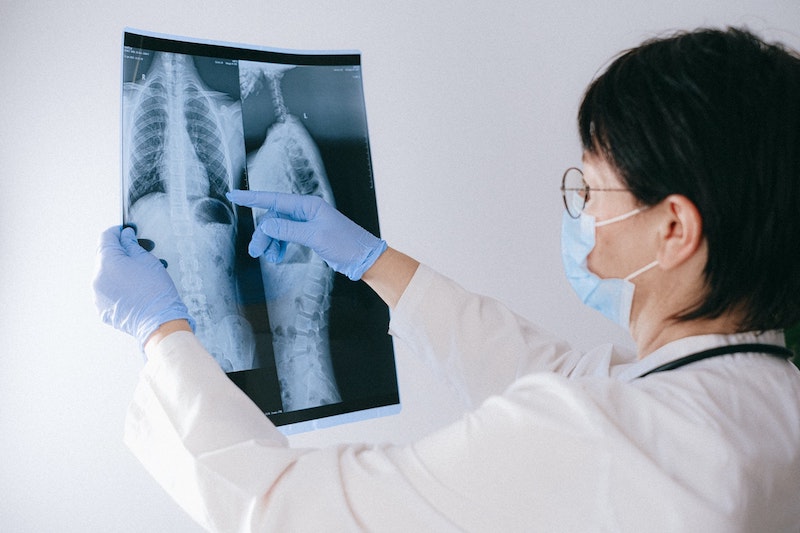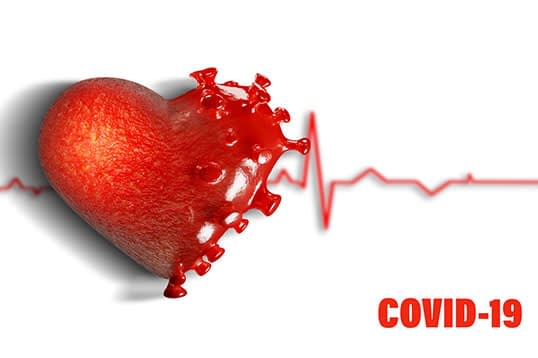Q. What is long-COVID? How do we define it?
A. Long-COVID is patient created term, denoting someone who is suffering with lingering symptoms. It is now commonly agreed to be the manifestation of COVID symptoms more than 6-12 weeks post-acute infection.
Q. What are the symptoms
A. According to a web-based survey with 3,762 respondents from 56 countries there are more than 200 symptoms. 79% of the respondents were women and at six months, the percentage of people surveyed suffering with the following symptoms was as follows:
- Fatigue – 77%
- Post exertional malaise (feeling ill after exercise or vigorous activity) – 72%
- Cognitive dysfunction (brain fog) – 55%
There were also ten common cardiac symptoms including:
- Breathing difficulty
- Tightness of chest
- Shortness of breath
- Pain / burning in the chest
- Dizziness / balance issues
- Fainting
- Fatigue
- Heart palpitations
- Lower esophagus burning / refluxes
- Post exertional malaise
- Tachycardia (heart rate over 100 beats per minute)

Q. Do the vaccine and COVID-19 both cause myocarditis (inflammation of the heart muscle)?
A. Both the vaccine and COVID-19 can cause myocarditis. However, when we look at the studies, up to 500 people in every one million will get myocarditis from COVID-19. However, only 50 people in every one million will get it from the vaccine. Therefore, you are much more likely to get myocarditis and have more severe symptoms from COVID than the vaccine. However, this does not answer the question, what if you have COVID-19 after you have been vaccinated, which we know is possible.
Q. How does COVID-19 cause myocarditis?
A. COVID-19 is a direct viral infiltration into the myositis (heart muscle cells) which causes inflammation. In the initial stages of the illness, we see this inflammation as fluid in the heart. Over the longer term, as the inflammation settles down, we are left with scarring on the heart, which can be picked up by a cardiac MRI. Therefore, it is the initial viral infection which causes the inflammation that then goes on to cause the heart muscle dysfunction. What can this lead to? Why does this matter? Is there anything someone can do about this?
Q. If a patient has been on a ventilator due to COVID-19, is there likely to be long-term damage to their lungs?
A. Patients who go onto a ventilator are more likely to have long term lung damage, compared with patients who have not. This has nothing to do with being on a ventilator, it is just the natural history of the illness. Even patients who have had steroids and antibiotics can be left with long-standing lung damage. What can be done about this? What are the risks if you have lung damage?
Q. How many people who have had COVID-19 go on to have long COVID?
A. In a recent study, published on 1st April 2021, the UK Office of National Statistics reported that 13.7% of people who had suffered with COVID-19, still had symptoms more than 12 weeks later. To put it another one, one in ten people who were infected with COVID-19, in the UK, went on to get long COVID.
Q. Who is most at risk of developing long-COVID?
A. Women seem to be at a greater risk, with 23% of women who are infected with COVID-19 going on to have long-COVID, verses 19% in men. It is also interesting to note that whilst men who contract COVID-19 are more likely to go into hospital and die, women are the ones who are more likely to have on-going symptoms for longer.
Those between the age of 35 and 49 were also found (in the ONS survey) to be the most likely to have long-COVID, with 25.6% of long-COVID sufferers in that age bracket. However, the statistics may be skewed, as so many older people, who had COVID-19, sadly died.
If you found this article useful, we recorded a webinar entitled, Covid: How to tackle your ongoing symptoms. You can download the talk here:












